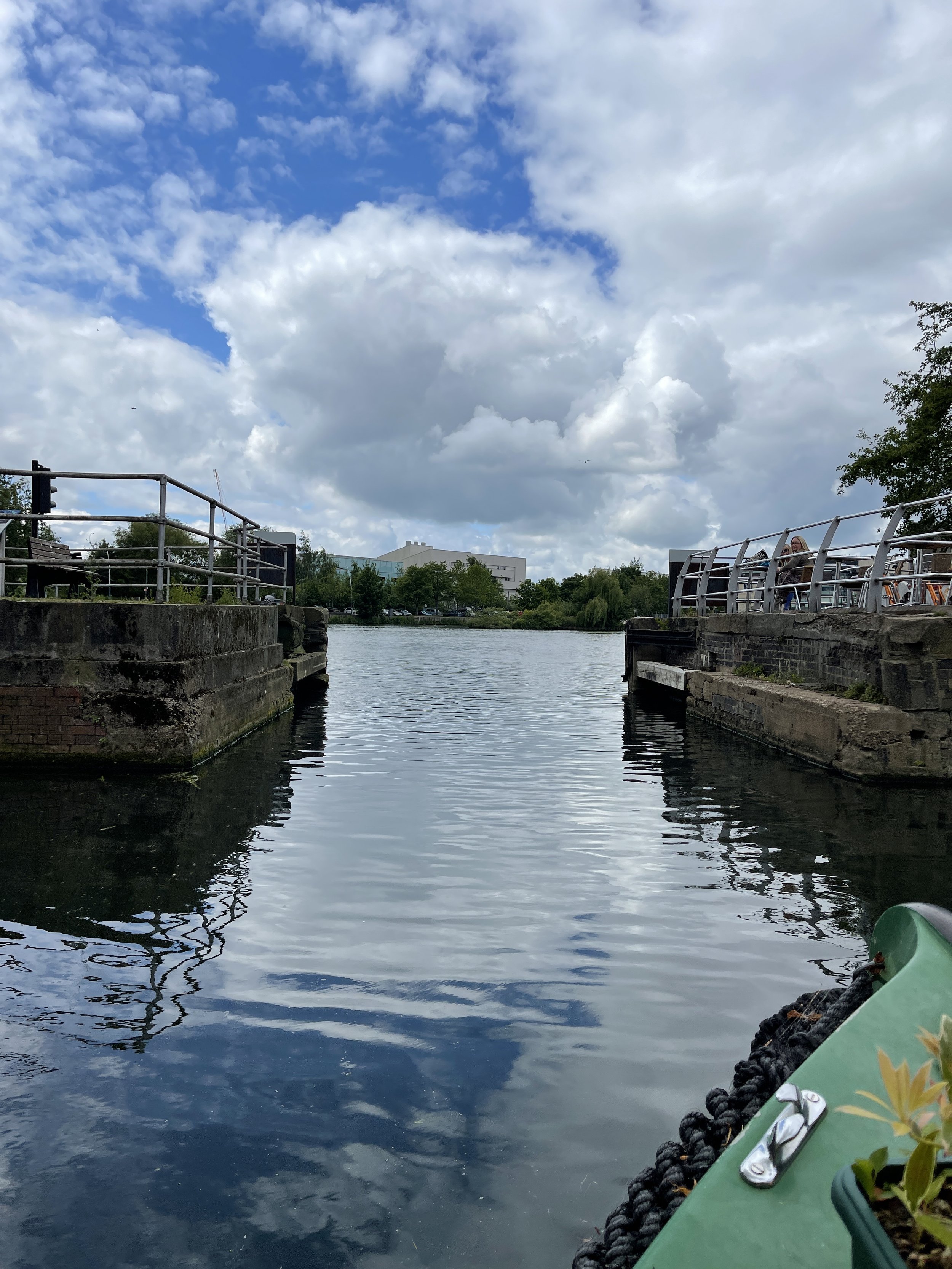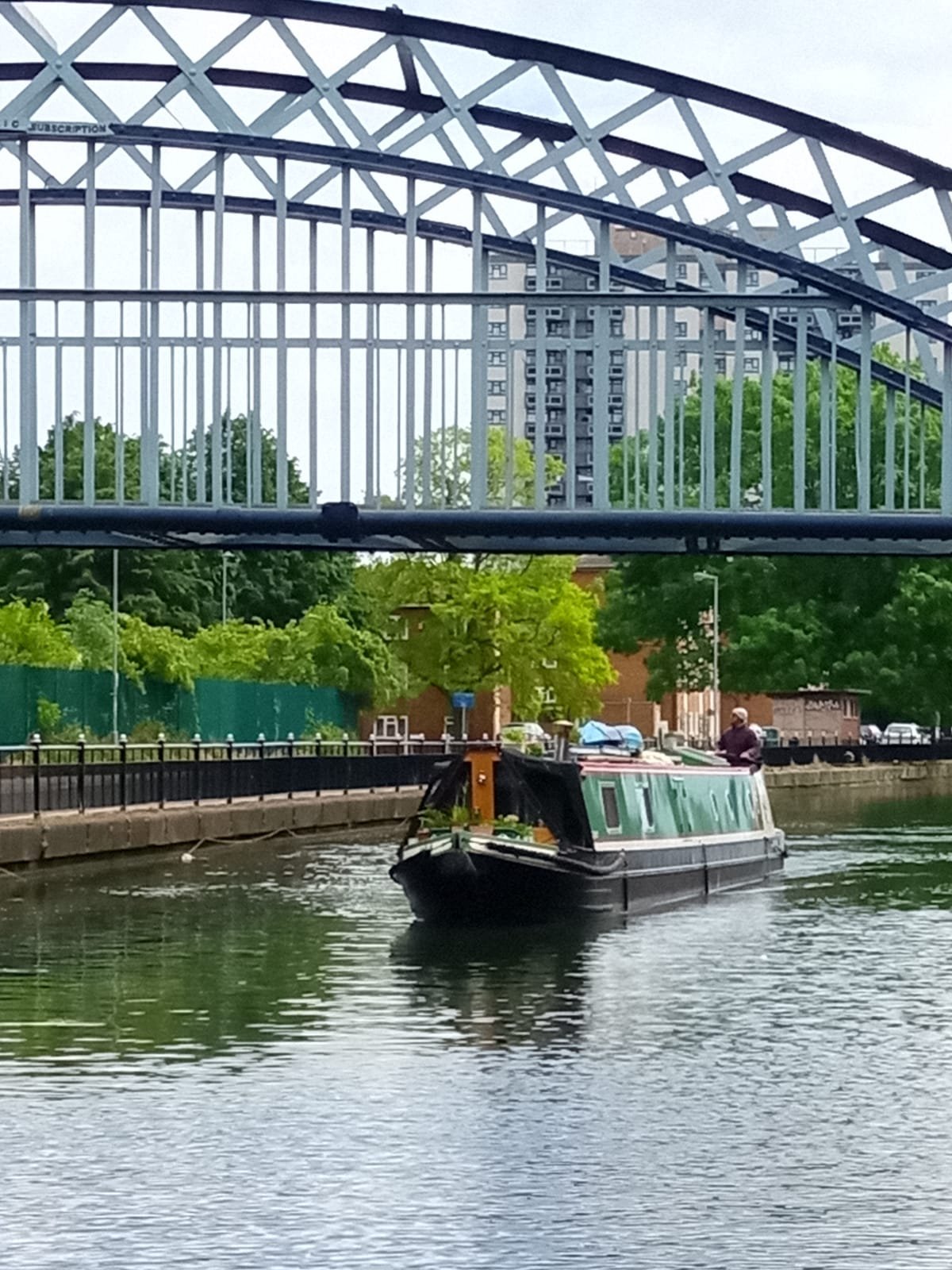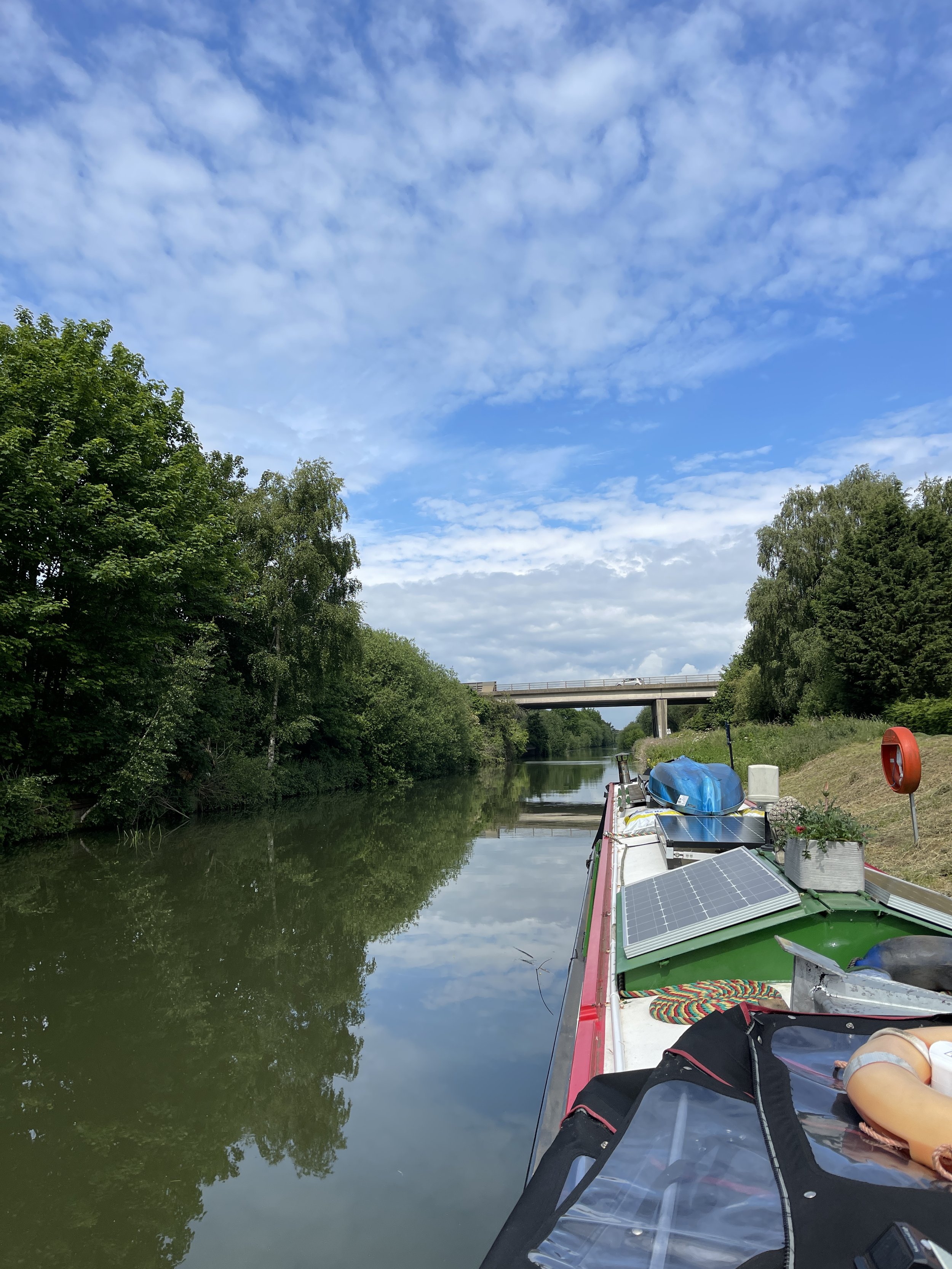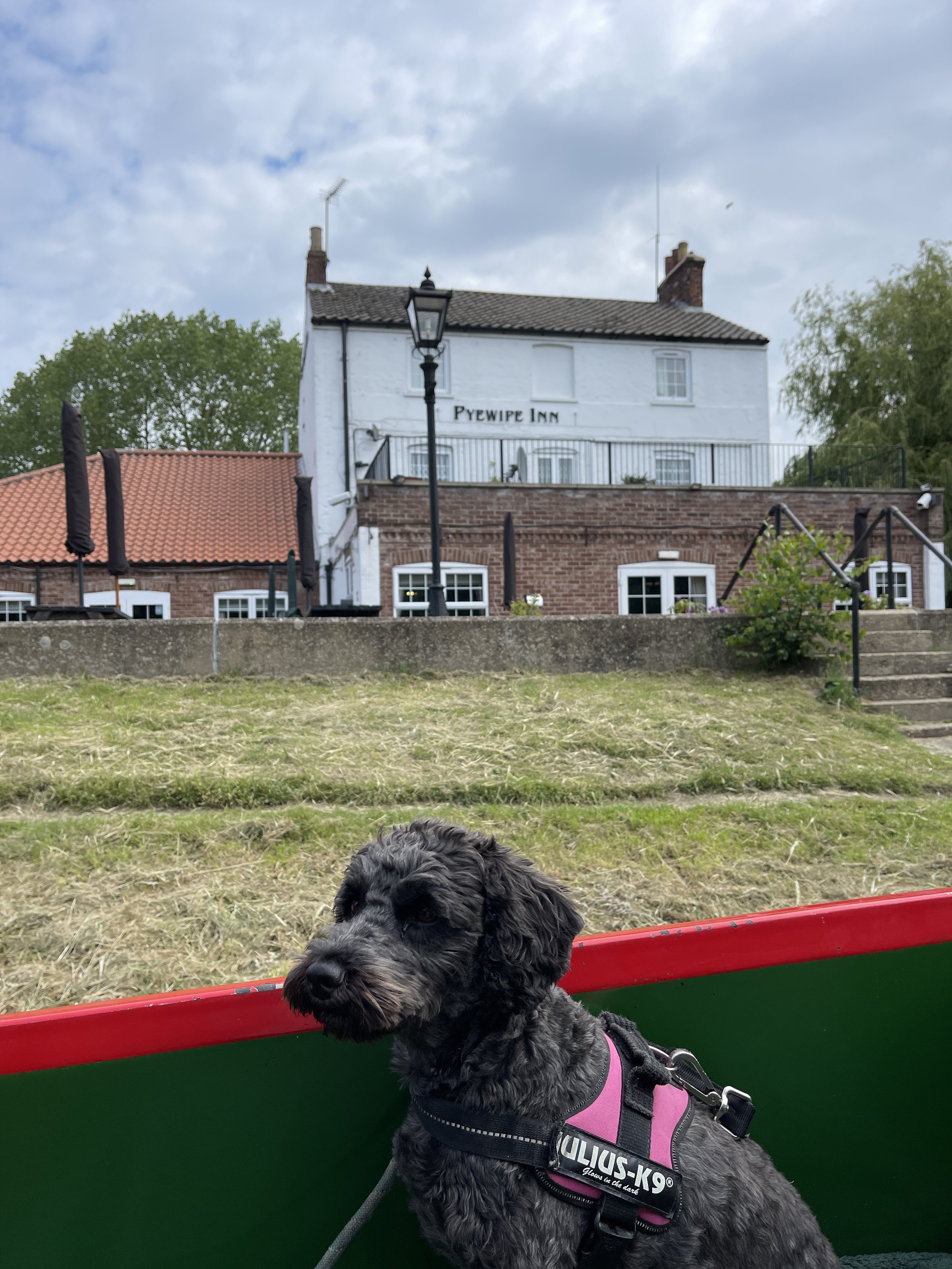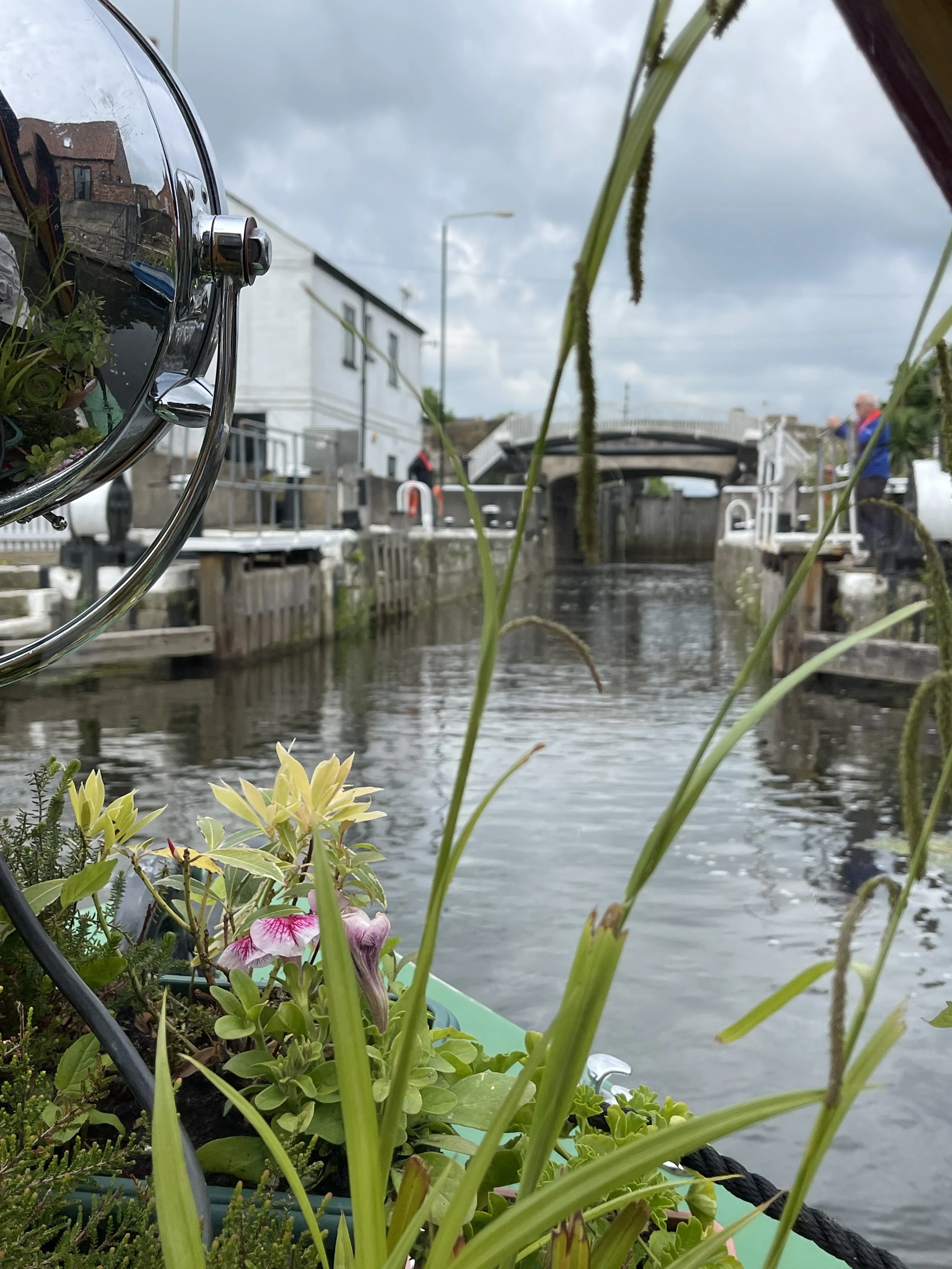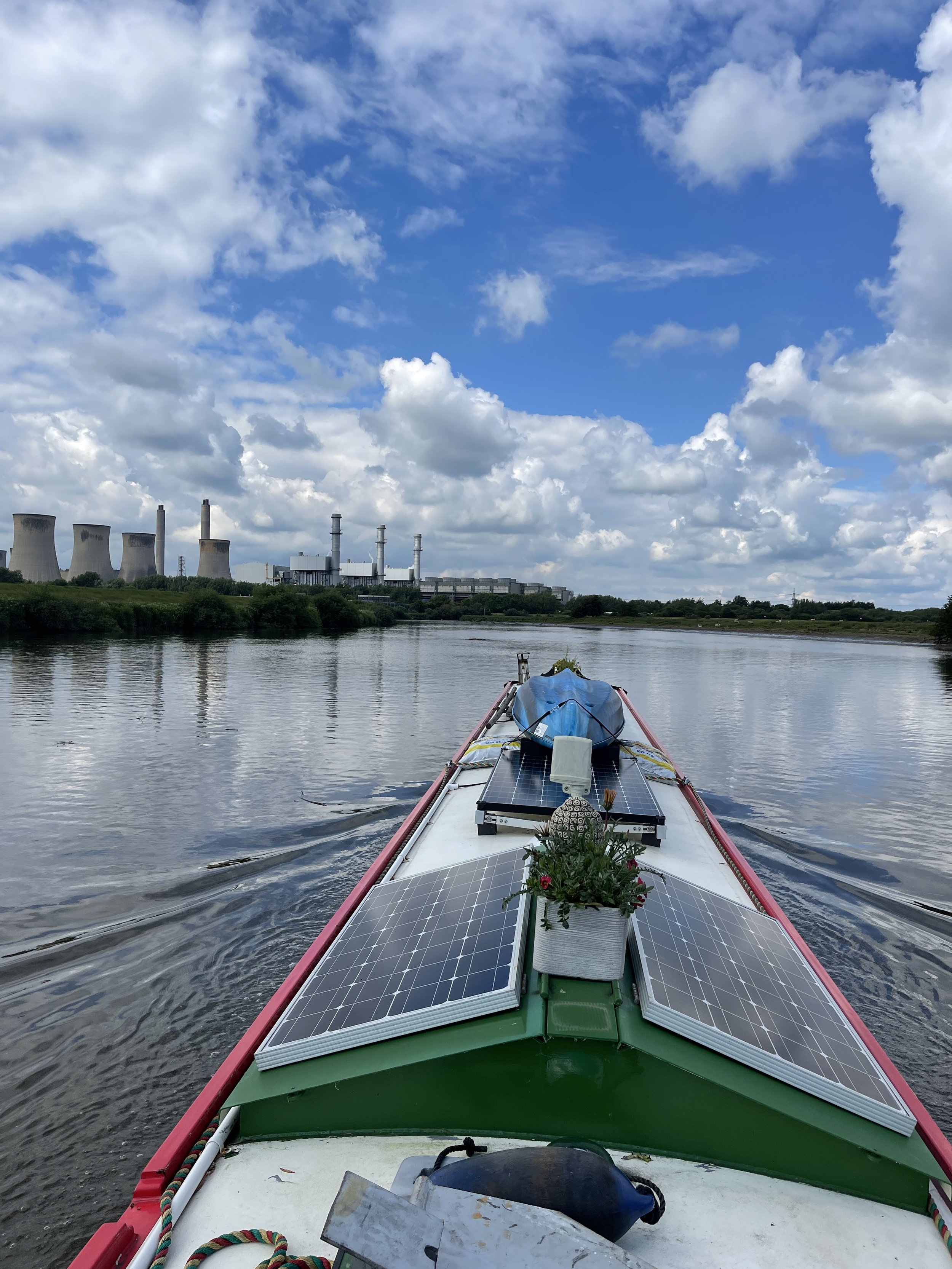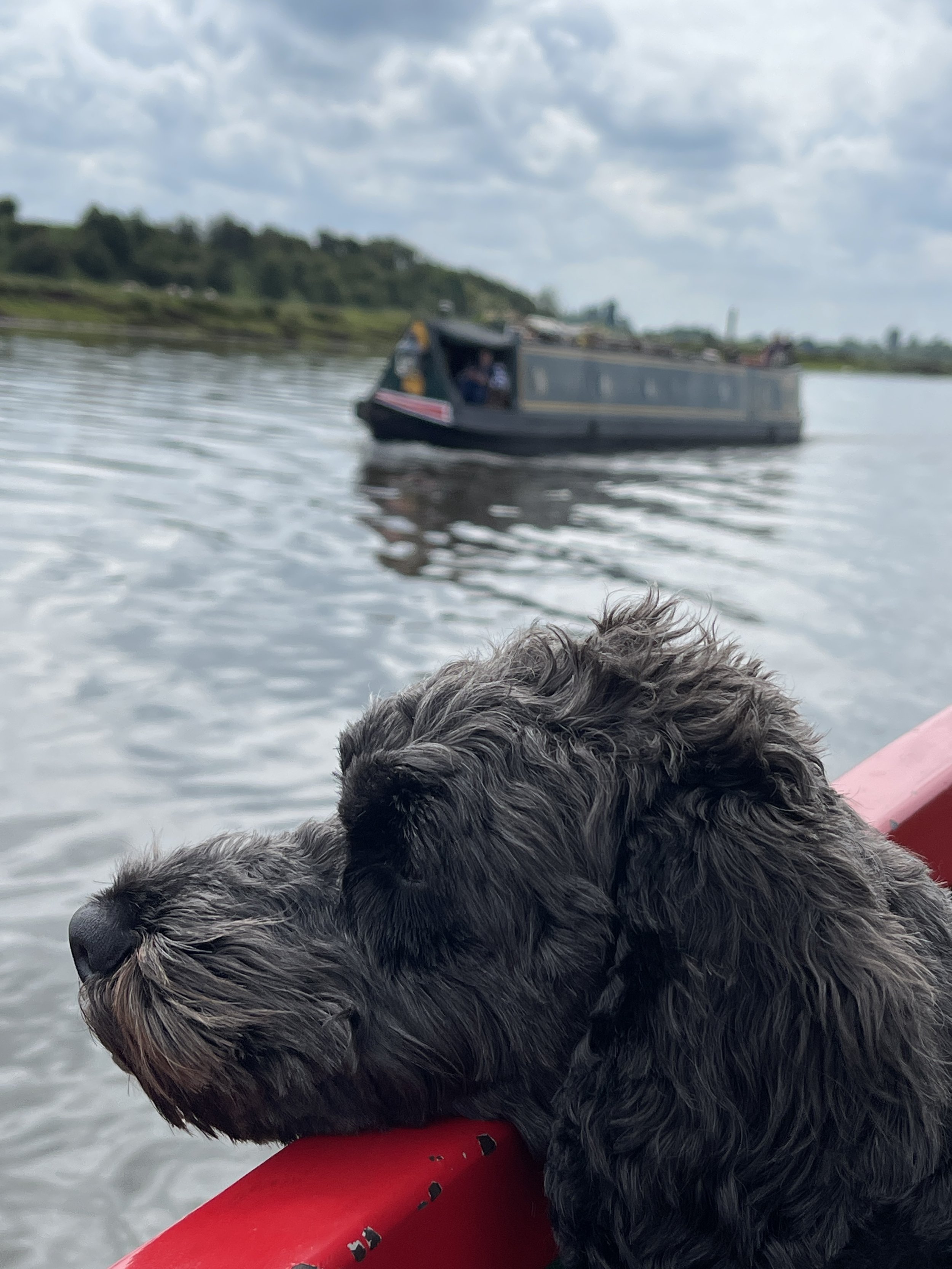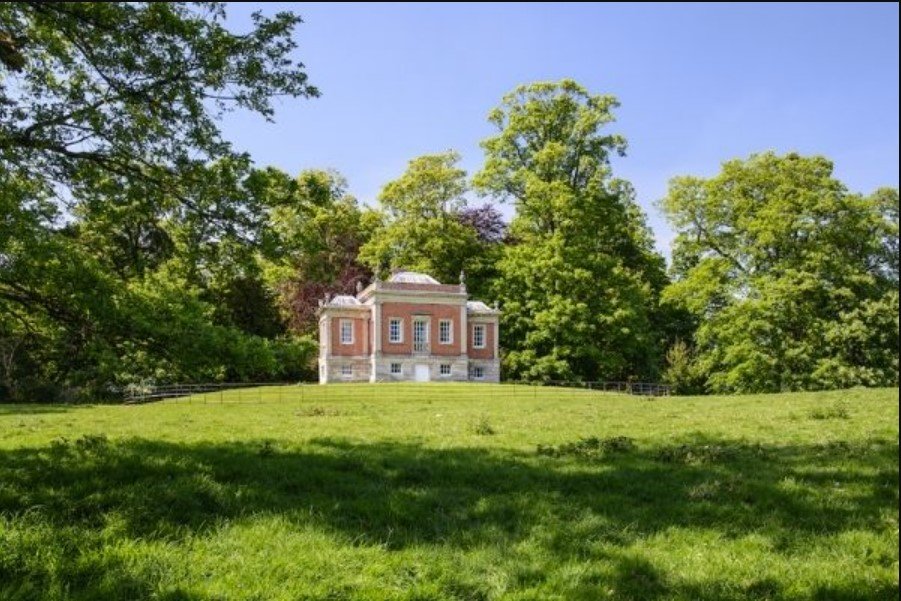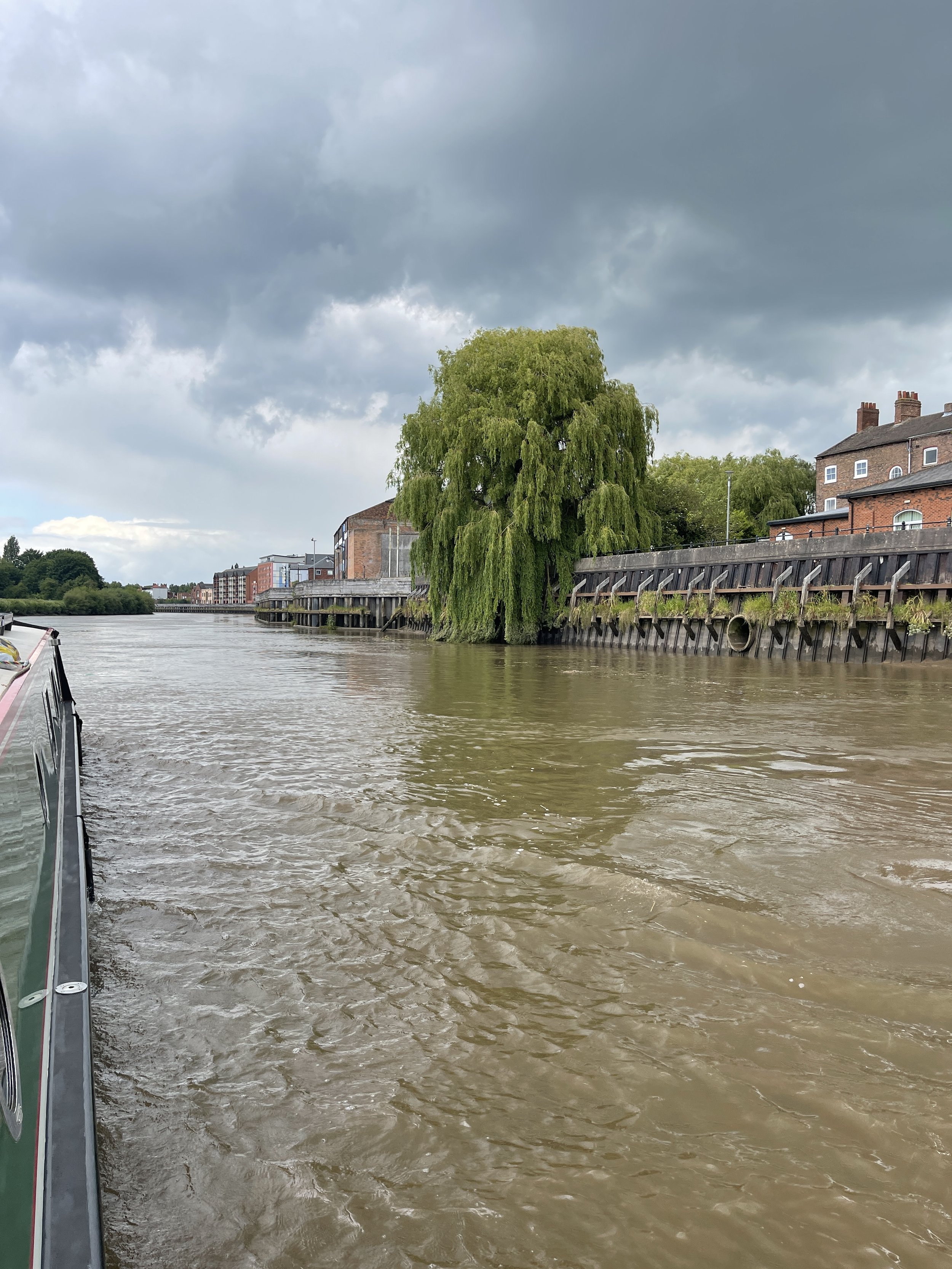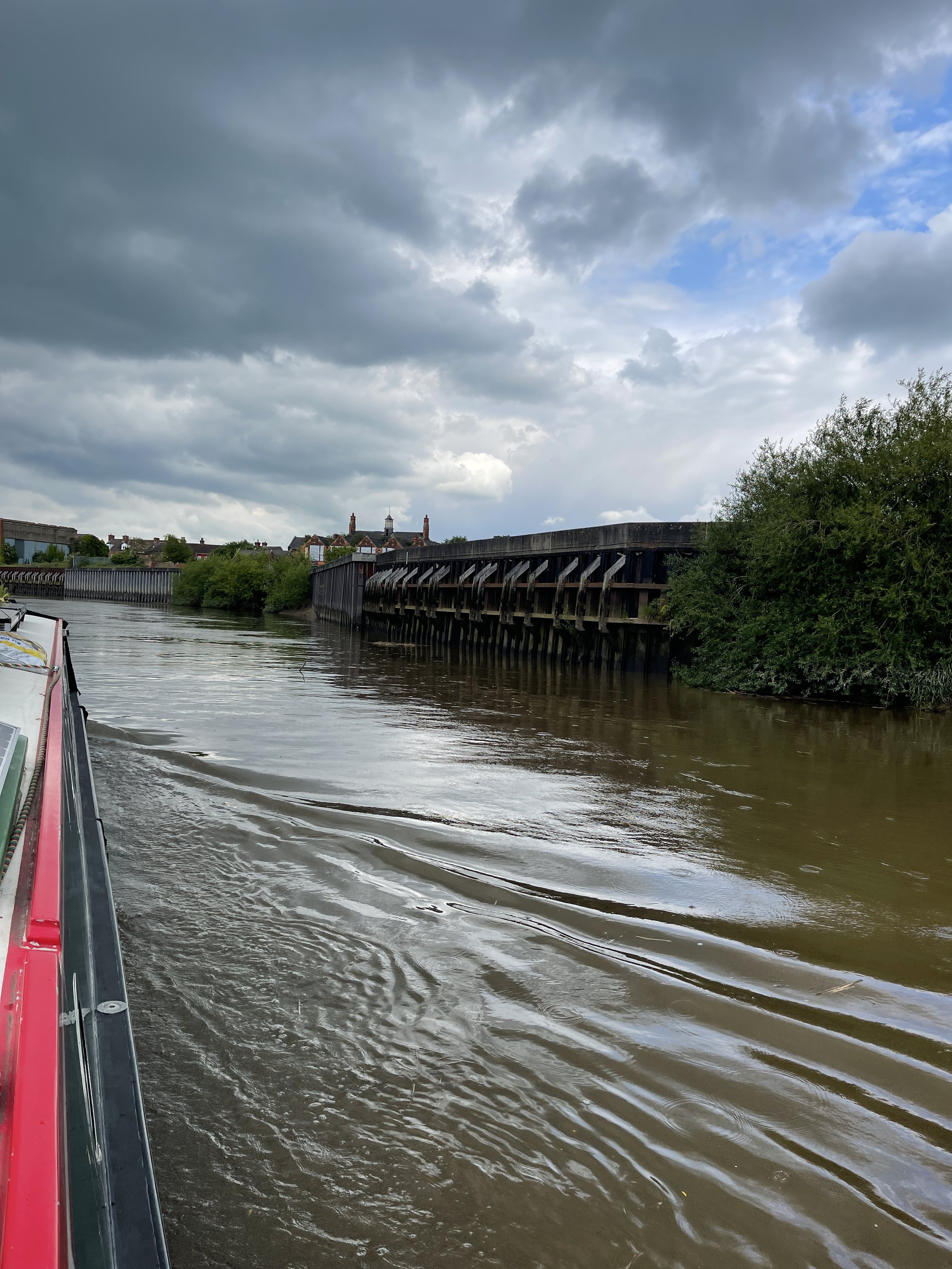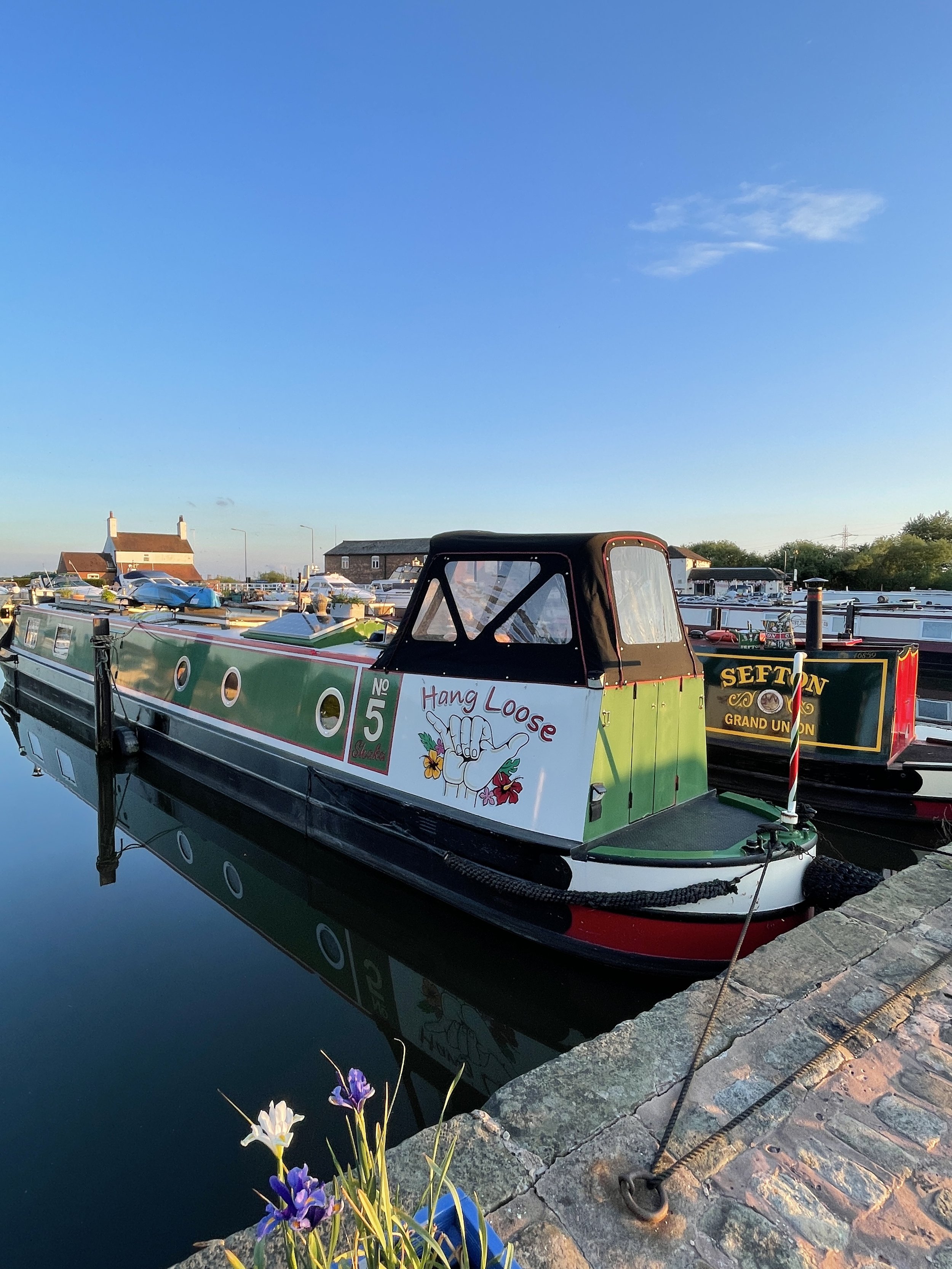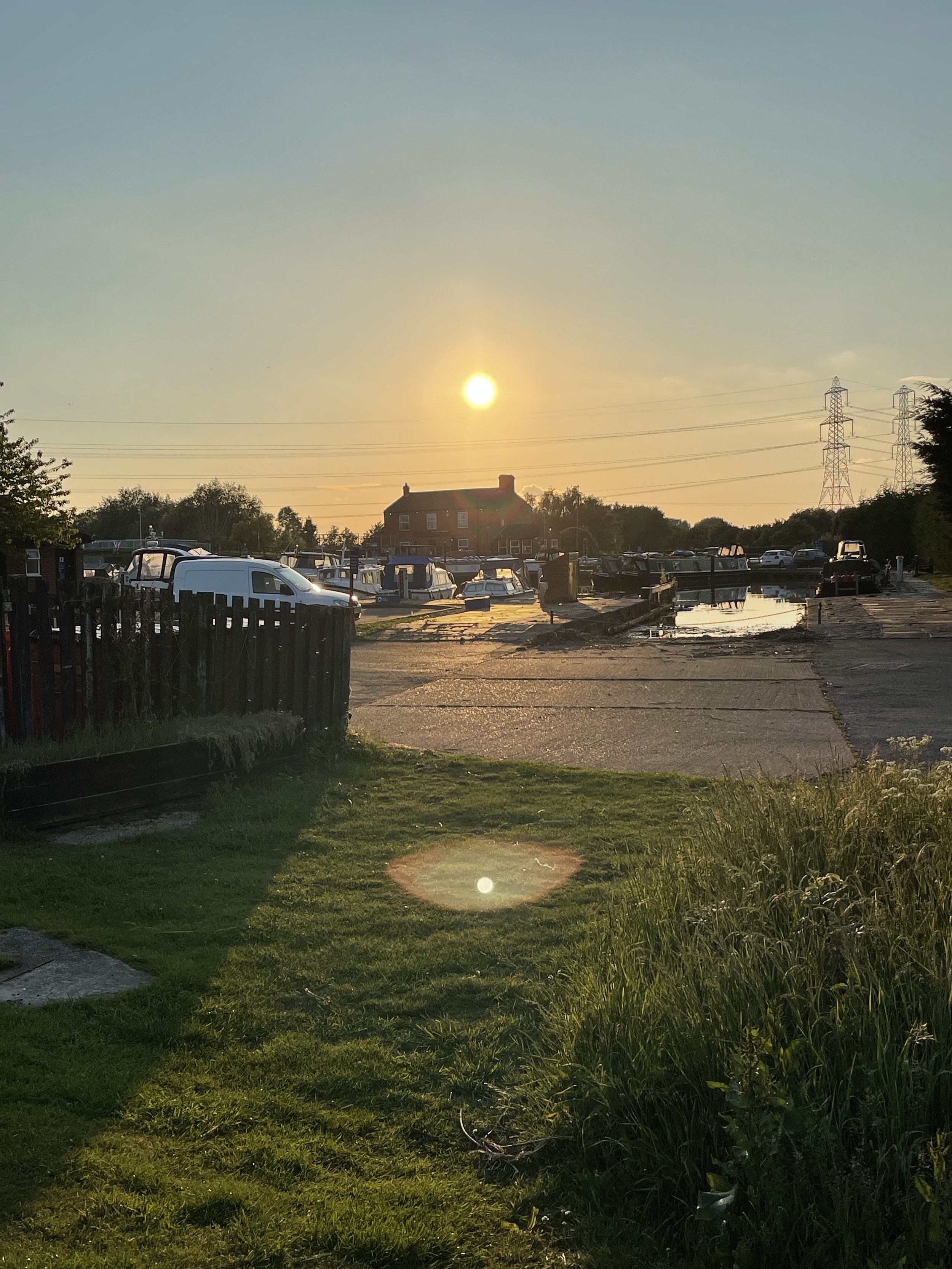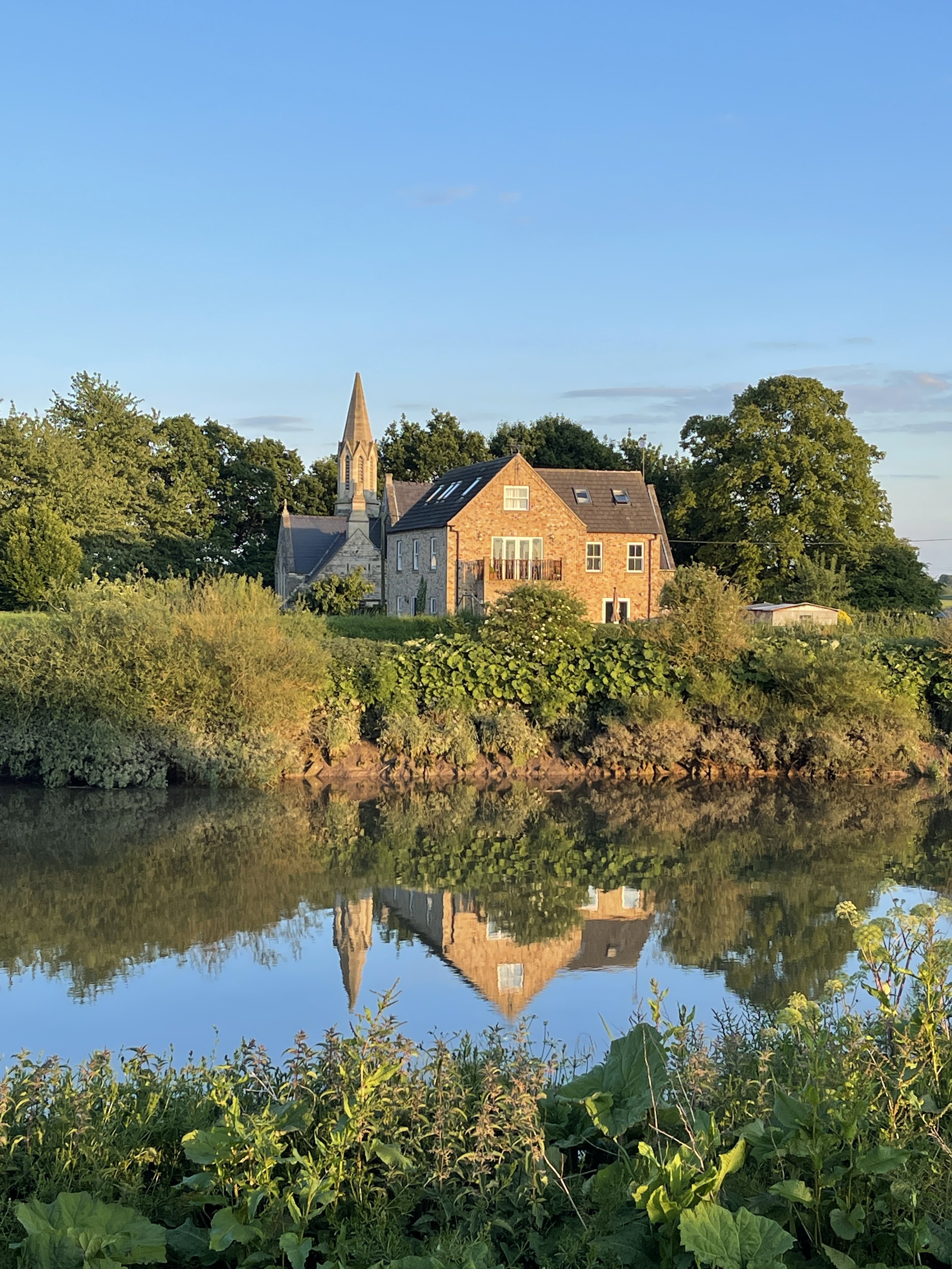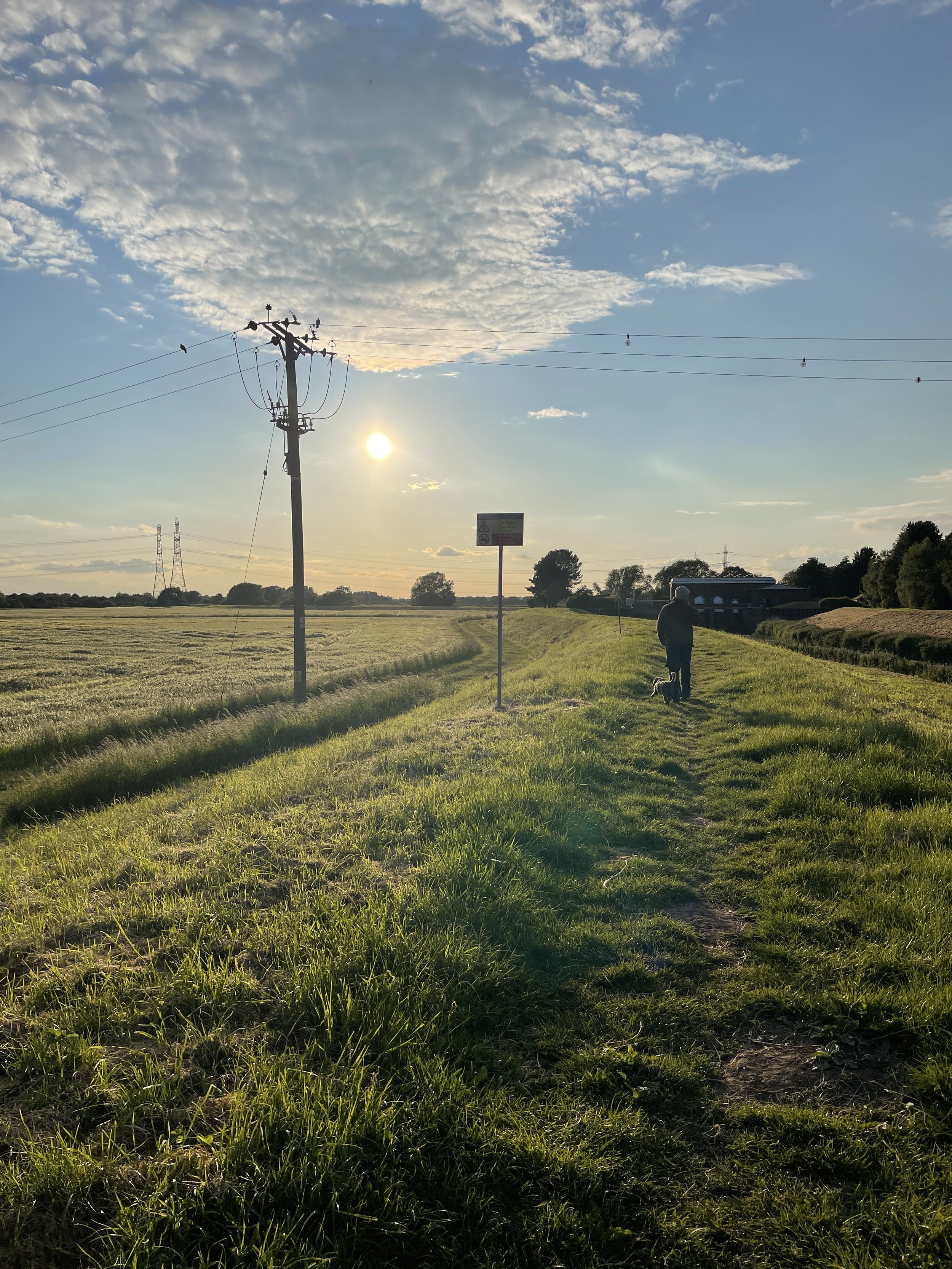Lincoln to West Stockwith
30th May 2022
The journey from Lincoln to Saxilby is 6 miles, no locks and is circa two hours cruising, but today we were heading for The Pyewipe Inn about 2 miles. As there is only room for about 4 boats, we didn’t know if there would be room to moor, so there was a level of apprehension / excitement.
Moorings at Lincoln
First however we had to turn the boats around. There is a winding hole just below the guillotine lock but the captain of NB Sefton has been here before and assured us you could turn just before the lock, to save having to go down and back up again.
Beckoning us to proceed ahead of him, we trusted his theory and executed the manoeuvre with perfect precision, with a little help from the prevailing wind. We passed NB Sefton coming in the opposite direction with big grins on our faces… and No we didn’t use the Bow-Thruster we assured him.
NB Sefton Approaching the Guillotine Lock in Lincoln
Going under the “Glory Hole”, Paul was thinking what it would have been like around 850 years ago. The Middle Ages was a period of massive social change, burgeoning nationalism, international conflict, rebellion, resistance and renaissance. Back then it wouldn’t have been unusual to see a dead body washed ashore after being thrown into the Witham. Hence the bridge was called the 'Murder Hole' at its opening.
The Glory Hole in Lincoln
We arrived at Brayford Pool, where there are the usual facilities, showers, toilets, water and waste disposal. We disposed of the rubbish and proceeded to fill the water tank, NB Sefton moored against as there wasn’t much room and they could use our hosepipe.
It wasn’t long before we were on our way again and soon our destination was in view, Yes Yes, Yes. Although there were three boats moored up, two of them were relatively small and there was space for our boats. We moored up and soon we were sampling the delights after a long hard day’s work 😏.
The Pyewipe was first licensed in 1788 trading on the Fossdyke as a Barging Inn in 1160. Inns in Europe were first established when the Romans built their system of Roman roads and possibly canals. As this navigation is believed to be built around AD 120 it is possible they built a Barging Inn on this site around the time of the construction of the canal.
The same family have sought to improve things since taking over in the late 1990s, looking to entice any perspective passing client. It is now a pub, restaurant , lodge, and a wedding venue with all the charming character you would associate with a family-run riverside pub in the British countryside. If the sun is shining, you can always take a seat in the beer garden but as today was cloudy we opted to drink inside. With wooden beams on the ceilings, dark wooden floorboards, and plush, colourful seating, it is a welcoming stop for any passing visitor.
The Pyewipe Inn
Although the food was very reasonably priced we chose to eat on the boat, but did partake of another delicious pint! Suitable fed and watered, we retired for the night.
The following morning we arose to another cloudy, but warm day and cruised on to Saxilby to stay overnight.
Leaving The Pyewipe Inn
Steph and Lady Rosemary (of NB Sefton) returned to Lincoln for a fantastic evening of entertainment at Lincoln Cathedral where they thoroughly enjoyed the performance of The Hunchback of Notre Dame – absolutely !.
Picture:-Andre Buhagiar, Quasimodo, the Hunchback of Notre Dame Photo: Richard Hall, Starring Lincoln Theatre Company
1st June 2020 Saxilby to West Stockwith
Excitement once again filled the air with the challenge to get to West Stockwith on the Tidal Trent. We needed to travel 20 miles and go through two locks, all of which would take us about six hours. We arrived at Torksey Lock right on time, where we were lowered back on to the river again.
Approaching Torksey Lock
It was another cloudy but mild day and once again we were greeted by this vast expanse of fast flowing water.. we really have fallen in love with this river.
Leaving Torksey Lock
It wasn’t long before we passed the Site of Torksey Pottery, which was one of the first wheel-thrown industries to emerge in post-Roman England. England in the 9th century witnessed a revolution in pottery production, which makes this site of significant importance.
Continuing our journey northwards towards Gainsborough, a Grade II listed Windmill named Trent Port came into view. The Windmill originally had 4 sails which were removed in 1927, but the windmill still remains a local signage and now appears to be a private residence.
Trent Port Windmill
Further on, a Château standing on a grassy knoll above a big bend of the River makes you think you’re in France, as at first glance this looks like a French château, but it is actually a very cleverly scaled model of one. Burton Château was built in 1747-8 as a Gainsborough lawyer’s weekend retreat but apparently now it can be rented for around £100 a night, providing a small glimpse of Georgian life.
Burton Château
The tree-lined banks of the river gradually disappear as we approach the power station on the outskirts of Gainsborough. The secure pontoon moorings at Gainsborough look inviting as we have heard The Canute Pub is well worth a visit, but despite the look of disgust on Steph’s face, we keep going…… we also didn’t know if it was dog friendly 😊.
Not long after leaving Gainsborough, we navigate a righthand bend and there in front of us is the entrance to The Chesterfield Canal … our destination… and here is where the fun begins 😊….
NB Sefton on the Tidal Trent
The tidal flow was extremely fast as we approached, threatening to take the boat quickly past the entrance before we knew it, thankfully there was a Lockkeeper waiting on the high lock wall. He indicates for us to start turning long before we reach the entrance for two reasons:-
1. We need to be going against the current before attempting to enter the lock, otherwise the boat will have little to no rudder control. (no steering)
2. If we left it till we reach the lock entrance before turning the current would probably take us three quarters of mile past the entrance before we completed the turn.
Paul did as he was instructed and turned the boat around so we were now going against the current.
Turning before the lock approch
The lock entrance is about 45 degrees to the line on the riverbank and the risk of the boat smashing into and being pinned against the lock wall was very real. Later the lockkeeper told Paul it took them 40 minutes to try and release a boat off the wall a couple of days earlier.
After we had turned he beckoned us to aim the boat directly at him, and only turn into the lock when instructed. This is the first time Paul has put our Boat (our home) and potentially the lives of those onboard in the hands of a complete stranger. Paul obeyed the lockkeeper without a question, (Steph asked him for lessons, later on) however his heart was in his mouth as the enormous lock wall was getting closer and closer, and the boat felt very small. At the very last minute, just before Paul thought we were going to smash straight into the wall, he was instructed to turn.
Entering the lock
Yes the lockkeeper was right. A perfect entrance without touching the sides of the lock
Paul was later given 10 out 10 by the lockkeeper, but Paul didn’t know if he was amused or relieved all at the same time.
Safely inside the lock we were told to loop the ropes around the rise poles and the keeper filled the lock, once we came out of the lock we moored on the visitor moorings in the basin just to the right.
We would just like to dedicate this blog to Ian, the lockkeeper who guided us safely in West Stockwith lock, unfortunately he was diagnosed with terminal cancer while we were on the Chesterfield canal. We are not sure we would have made it safely though the lock without his help and during our stay in the basin, he was always very kind and helpful. A true gentleman and a credit to the CRT. A massive thanks mate
Thank you for reading this blog
If you are thinking of cruising the Tidal Trent there is an excellent Facebook group called Trentlink.



